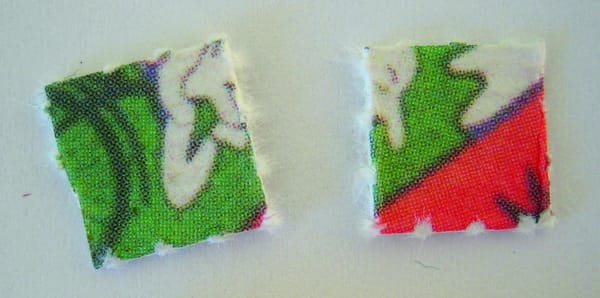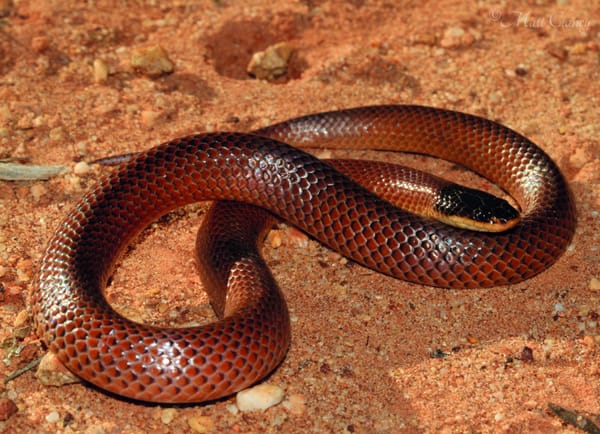Hedgehog helps cancer stem cells survive
Treating cancer once is bad enough, but it has a tendency to keep coming back.

Having to treat cancer once is enough, but stubborn tumours often have a habit of coming back, with cancer stem cells (CSC) as the likely culprits. These notorious cells have the ability to self-renew and to give rise to all cell types found in cancer samples, contributing to tumour heterogeneity and relapses. Researchers are therefore keen to understand how these cells communicate in order to develop novel tools to defeat cancer.
A recent breakthrough was reported by a group in Germany, where they found Hedgehog signalling was required for the survival of colon CSC.
Whilst the name Hedgehog signalling may remind you of cute household pets, in developmental biology it is known to be a crucial cellular communication method that regulates cell growth, development, and tissue homeostasis. In fact, the major signalling molecule in this pathway, Hedgehog (Hh), was named by the scientists who discovered that the larvae of fruit flies that lack (Hh) had an abnormal spiny appearance. This highlights the Hedgehog’s role in development across species, as well as the lack of creativity among scientists!
Another important signalling pathway is called Wingless-related integration (WNT). In the intestine, WNT helps to maintain the plasticity or ‘potency’ of intestinal stem cells, allowing these cells to replace dead intestinal cells with new ones.
“Tumours often have a habit of coming back”
Given the importance of WNT and Hedgehog signalling in both development and stem cell maintenance, it is not surprising that mutations in WNT signalling can be found in 90% of colorectal cancers. Unexpectedly, Hedgehog genes are not mutated in most cases, but are often upregulated, suggesting that both WNT and Hedgehog signalling play a major role in the progression of colon cancer.
Based on this hypothesis, researchers in Germany used cancer organoid models, a 3D culture of tumour cells obtained from patients, to study the relationship between these pathways and colon CSC.
By comparing the gene expressions of the different colon CSC in the organoids, they discovered that the WNT and Hedgehog signalling related genes are often switched on. Upon further investigation with mouse models, they demonstrated that non-canonical Hedgehog signalling, a particular type of Hedgehog, drives the WNT signalling pathway. By genetically knocking out the gene (PTCH-1) that is involved in non-canonical Hedgehog signalling, this group showed that non-canonical PTCH-1 dependent Hedgehog signalling is necessary for colon CSC survival. More importantly, Hedgehog controls WNT signalling to maintain the pluripotency of CSC by inhibiting differentiation.
This is exciting because these pathways could potentially be targets for future development of anticancer drugs. Furthermore, two independent groups have already tried to target these pathways in Hedgehog-dependent pancreatic and breast cancers cells in 2005, with some degree of success – providing evidence for the feasibility of this concept. Though we are still far from obtaining a cure, there is still hope, and it would also be interesting to see if this applies to other forms of cancer too!









